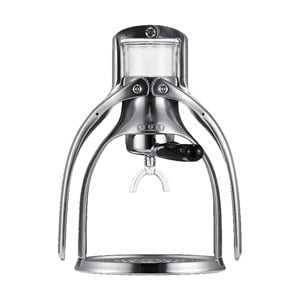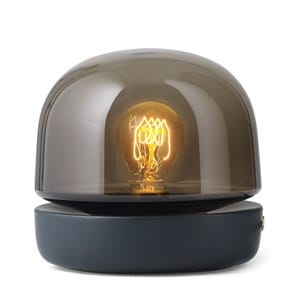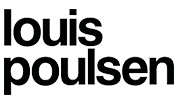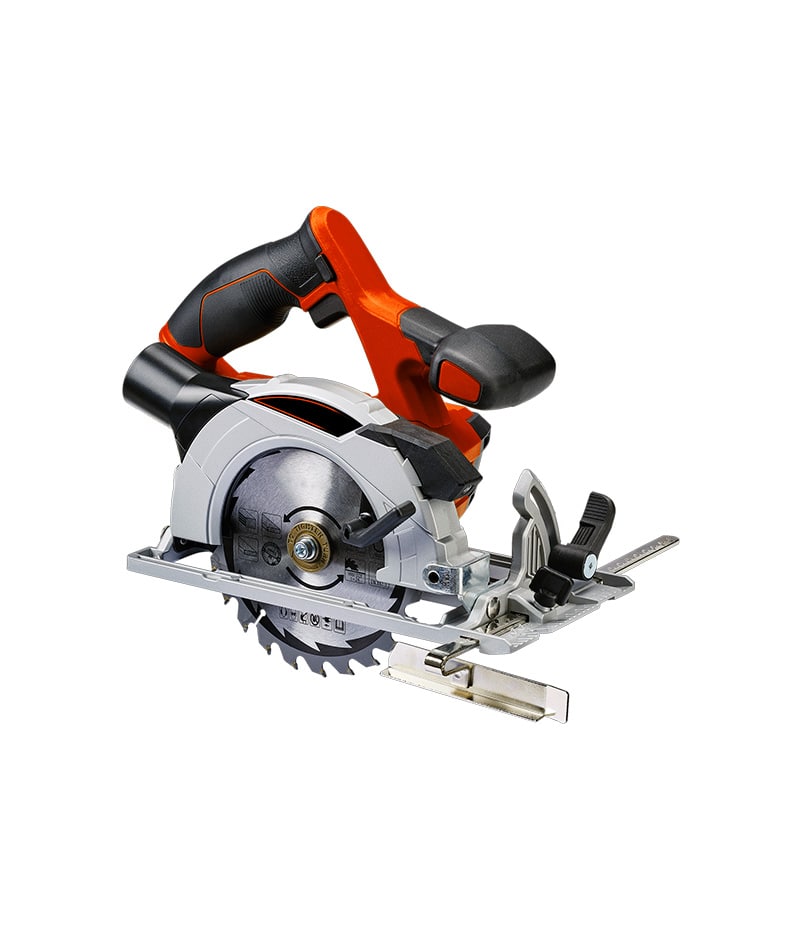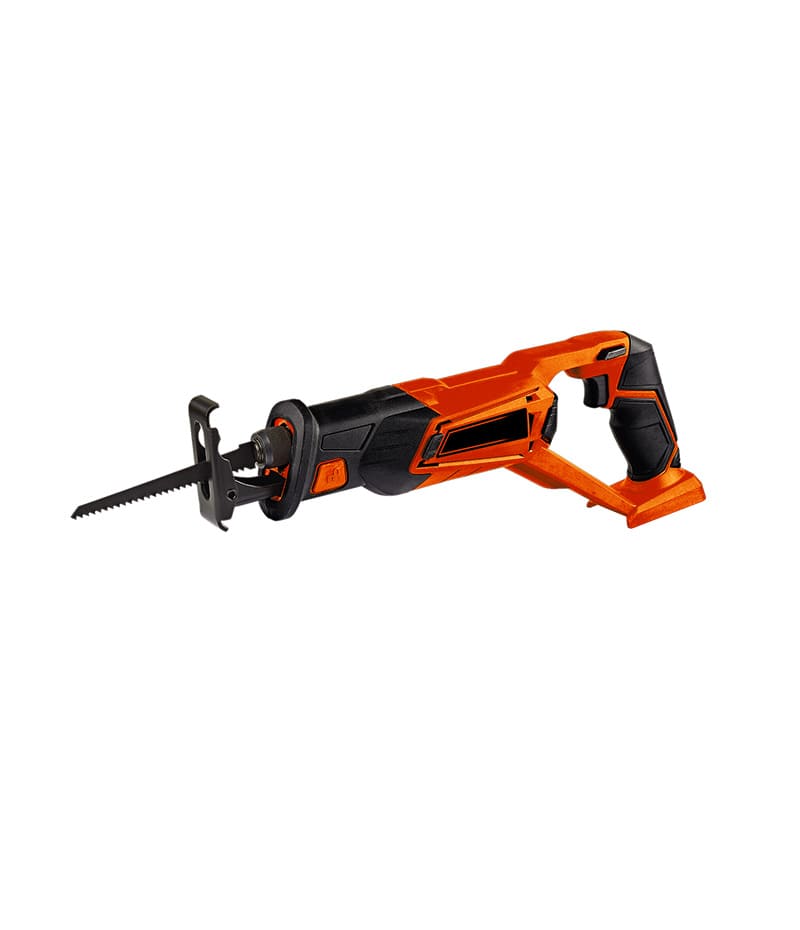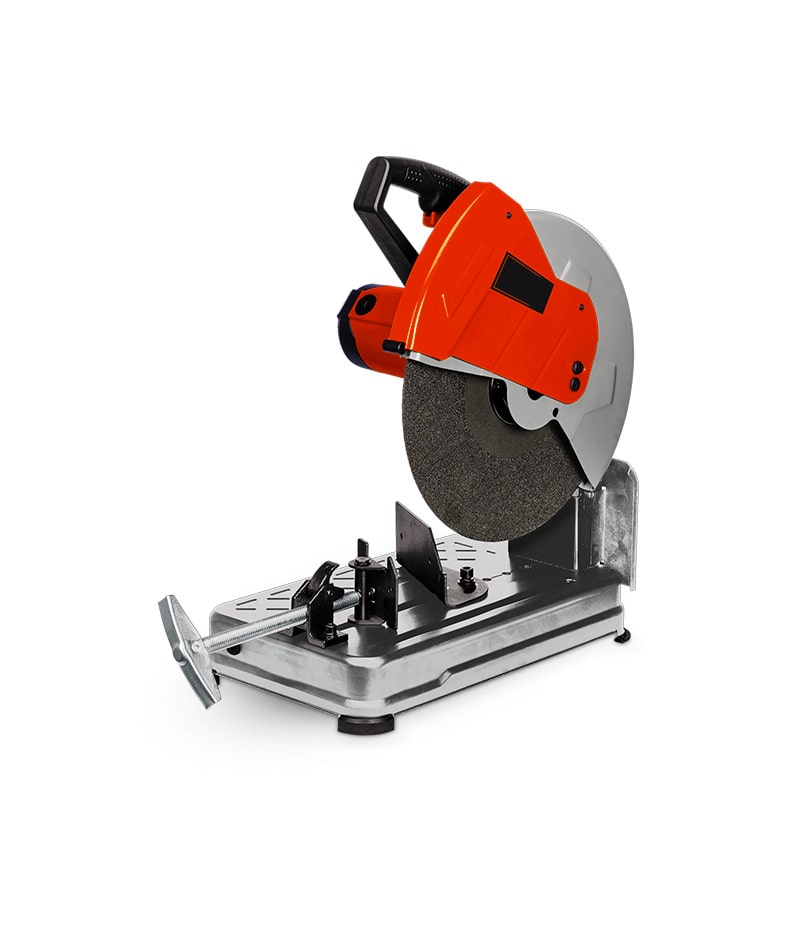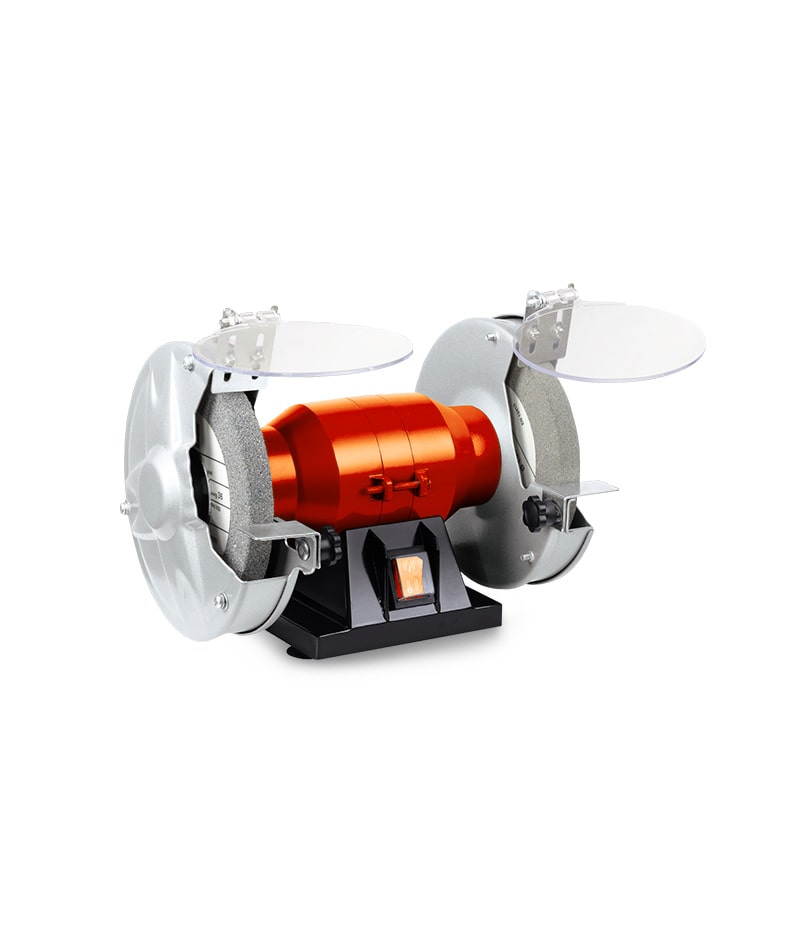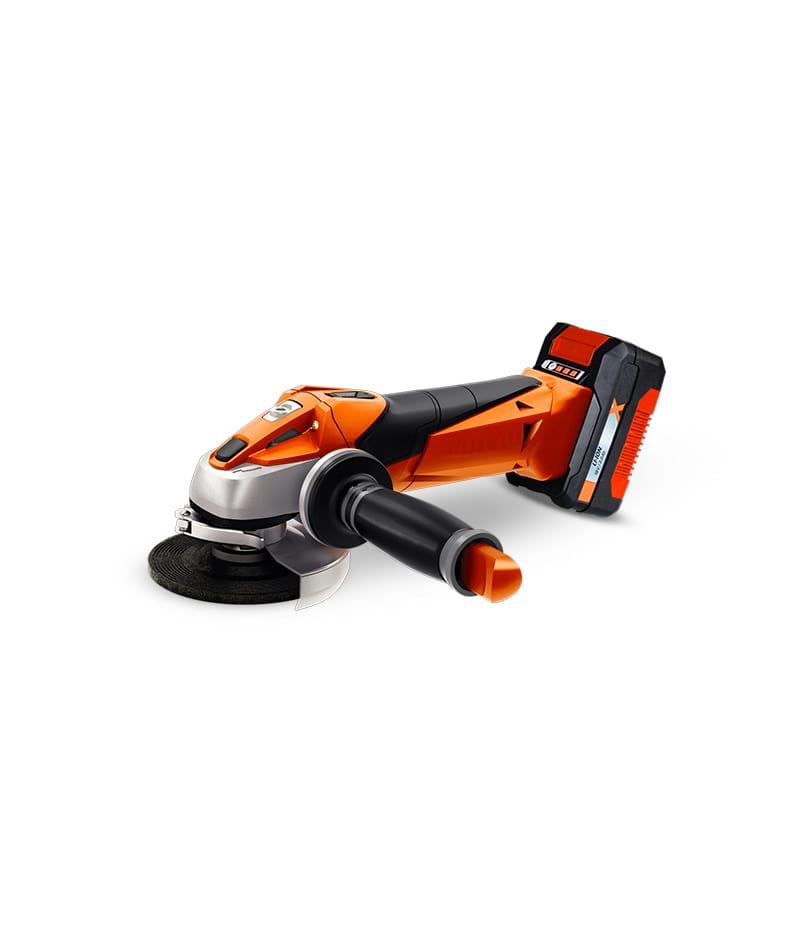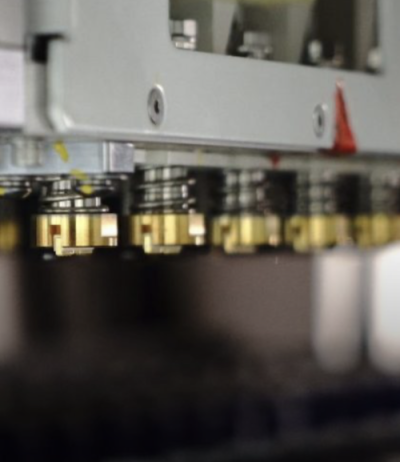When choosing equipment and tools, a systematic approach that combines practical needs with technical evaluation is essential. The following framework helps streamline the decision-making process, whether for industrial, commercial, or personal use.
1. Clarify the Purpose and Requirements
Define the Task Objectives
- Identify the specific function of the equipment/tool (e.g., drilling, cutting, lifting, data processing).
- Determine the scope of use: single-task vs. multi-function, occasional vs. daily use.
Assess Operational Conditions
- Environmental factors: temperature, humidity, dust, or hazardous environments (e.g., waterproof tools for outdoor use).
- Space constraints: compact tools for limited areas or large machinery for industrial sites.
2. Evaluate Technical Specifications and Performance
Key Parameters to Consider
- Capacity and Efficiency: E.g., motor power for machinery, load-bearing capacity for lifting tools.
- Accuracy and Precision: Critical for tasks requiring high precision (e.g., CNC machines vs. manual tools).
- Compatibility: Ensure the equipment integrates with existing systems (e.g., software compatibility for digital tools).
- Safety Features: Emergency stop buttons, overload protection, or ergonomic designs to reduce injury risks.
3. Analyze Cost and Long-Term Value
| Cost Aspect | Considerations |
|---|---|
| Initial Investment | Balance between budget and quality; avoid compromising on safety for cost. |
| Maintenance Costs | Frequency of servicing, availability of spare parts, and repair complexity. |
| Lifespan and Durability | High-quality tools may cost more upfront but save money in the long run. |
| Energy Efficiency | For powered equipment, assess electricity or fuel consumption. |
4. Research Brands and Suppliers
- Reputation and Reviews: Check industry feedback on reliability and customer service.
- Warranty and After-Sales Support: Look for suppliers offering extended warranties and quick repair services.
- Compliance with Standards: Ensure equipment meets safety certifications (e.g., CE, OSHA standards).
5. Prioritize Ergonomics and Usability
- User-Friendly Design: Tools should be easy to handle, adjust, and maintain (e.g., lightweight power tools for prolonged use).
- Training Requirements: Complex equipment may need operator training to maximize efficiency.
6. Test and Compare Options
- Demo or Trial Use: If possible, test the equipment to evaluate performance in real-world scenarios.
- Seek Expert Opinions: Consult technicians or peers who have experience with similar tools.
7. Plan for Maintenance and Storage
- Accessibility of Spare Parts: Choose equipment with widely available components to minimize downtime.
- Storage Requirements: Ensure proper facilities (e.g., climate-controlled rooms for sensitive equipment).
8. Consider Environmental and Regulatory Factors
- Emission Standards: For machinery, comply with local environmental regulations (e.g., low-carbon emissions).
- Noise Levels: Adhere to workplace noise restrictions for tools and equipment.
Common Mistakes to Avoid
- Overlooking long-term maintenance costs in favor of low upfront prices.
- Neglecting compatibility with existing infrastructure.
- Failing to account for operator skill levels when choosing complex tools.


